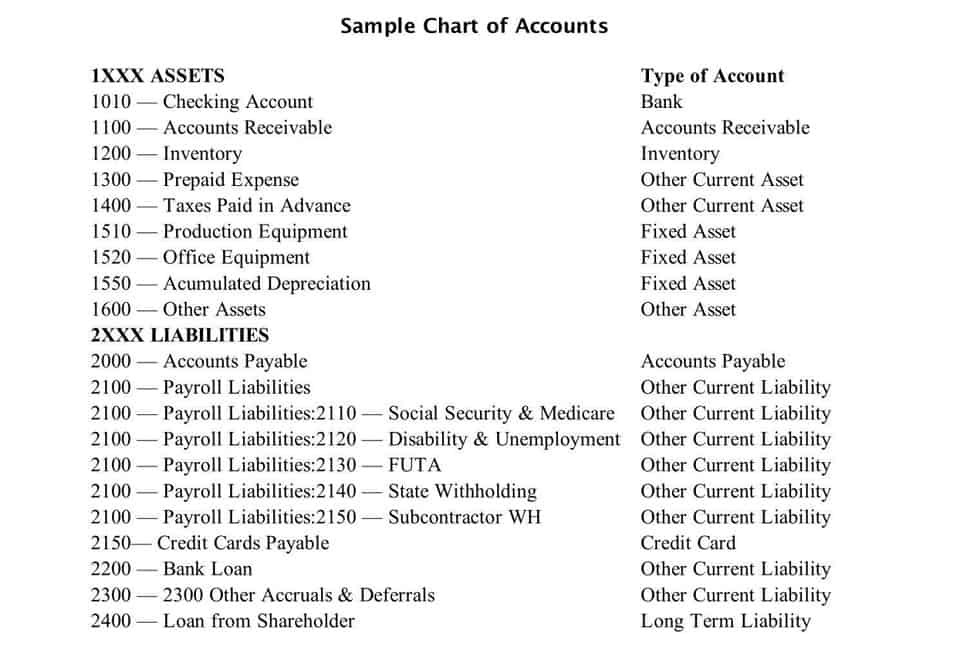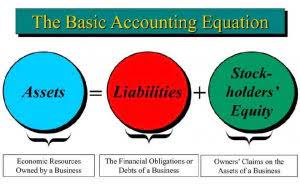
How do we record working capital in the financial statementse.g I borrowed 200,000.00 Short term long to pay salaries and other expenses. Hence, the company exhibits a negative working capital balance with a relatively limited need for short-term liquidity. On average, Noodles needs approximately 30 days to convert inventory to cash, and Noodles buys inventory on credit and has about 30 days to pay. The three sections of a cash flow statement under the indirect method are as follows. The current assets section is listed in order of liquidity, whereby the most liquid assets are recorded at the top of the section. Generally speaking, the working capital metric is a form of comparative analysis where a company’s resources with positive economic value are compared to its short-term obligations.
Online Investments
Read on to learn how to calculate net operating working capital, why it’s important, how it differs from other measures of working capital, and see an example of a NOWC calculation. This 16% shows that the company is increasing its Net Working Capital Ratio, which means it’s putting more of its money into things that can be quickly turned into cash. This is a good sign for the company because it is trying to keep its money accessible and change in net operating working capital formula ready for use. This includes bills and obligations you still need to pay, such as what you owe to your suppliers, lenders, or service providers. Continuing with the example, if you owe $678,000, you will subtract this amount from your $2.158 million, leaving you with $1.48 million. In this blog, we will dive into net working capital, learn how to calculate it correctly, and see why it’s crucial for a company’s financial well-being.
Everything You Need To Master Financial Modeling
As a business owner, it is important to know the difference between working capital and changes in working capital. Working capital tells you the level of assets your business has available to meet its short-term obligations at a given moment in time. Change in working capital, on the other hand, measures what is happening over a given period of time with regard to the liquidity of your company. Low working capital and low net operating working capital together with unfavorable current ratio, quick ratio, days sales in receivable and days sales in inventory indicate liquidity problems. For instance, suppose a company’s accounts receivables (A/R) balance has increased YoY, while its accounts payable (A/P) balance has increased under the same time span. The Change in Net Working Capital (NWC) measures the net change in a company’s operating assets and operating liabilities across a specified period.
Working Capital Cycle Calculation Example
- It hones in on the capital a company has tied up in its day-to-day operations, which is more relevant for short-term financial management.
- If the company’s Inventory increases from $200 to $300, it needs to spend $100 of cash to buy that additional Inventory.
- That comes at a potential cost of lower net sales since buyers may shy away from a firm that has highly strict credit policies.
- This means you have a great amount of flexibility in managing the current assets of your business.
As operating cash flow begins with net income, any changes in net income would affect cash flow from operating activities. If revenues decline or costs increase, with the resulting factor of a decrease in net income, this will result in a decrease in cash flow from operating activities. A certified bookkeeper company’s current assets also include its inventory because inventory should be sold within the coming year, generating revenue. Accounts receivable are also included because the item represents the value of sales that have been billed to customers but not yet paid. A company with a high level of working capital typically possesses substantial current assets relative to its current liabilities. Working capital is calculated from the assets and liabilities on a corporate balance sheet, focusing on immediate debts and the most liquid assets.

What Impacts Can Various Changes in Working Capital Have?
That is it reflects the portion of your current assets financed with the long-term funds. When you determine the cash flow that is available for investors, you must remove the portion that is invested in the business through working capital. As the different sections of a financial statement impact one another, changes in working capital affect the cash flow of a company. A high net working capital demonstrates that a company efficiently utilizes its resources.

It shows how efficiently a company manages its short-term resources to meet its operational needs. Positive change indicates improved liquidity, while negative change may signal financial difficulties. On the other hand, examples of operating current liabilities include obligations due within one year, such as accounts payable (A/P) and accrued expenses (e.g. accrued wages). Net Working Capital (NWC) measures a company’s liquidity by comparing its operating current assets to its operating current liabilities. A business has positive working capital when it currently has more current assets than current liabilities.

Working capital is a core component of effective financial management, which is directly tied to a company’s operational efficiency and long-term viability. Conceptually, working capital represents the financial resources necessary to meet day-to-day obligations and maintain the operational cycle of a company (i.e. reinvestment activity). The working capital metric is relied upon by practitioners to serve as a critical indicator of liquidity risk and operational efficiency of a particular business. Any change in working capital can affect cash flow, which is the net amount of cash and cash-equivalents being transferred in and out of a company. Get instant access to video lessons taught by experienced investment bankers. Learn financial statement modeling, DCF, M&A, LBO, Comps and Excel shortcuts.
- It’s a commonly used measurement to gauge the short-term financial health and efficiency of an organization.
- Think of it as the money set aside to pay your monthly rent, salaries, and utility bills.
- It is used to measure the short-term liquidity of a business, which focuses on paying bills as they come due.
- Unlike plain net working capital, net operating working capital excludes cash and cash equivalents, since they are not tied up in operations.

So, you may ask your debtors to pay within days depending on the industry standards. Remember, you need to reduce the time period between completing production and sending invoices to your customers. Pvt Ltd has the following current assets and liabilities on its balance https://www.bookstime.com/articles/opening-entry sheet dated 31st December 2019. Your business would have a positive Net Working Capital when its current assets would exceed its current liabilities. However, it would have a negative Net Working Capital if its current liabilities would exceed its current assets.
Working Capital Ratio Formula
Operating Cycle is nothing but the time duration you need to convert sales into cash once your resources are converted into inventories. This means the operating cycle would come to an end once you receive cash from your customers for the goods sold. This means your business would have to search for additional sources of finance to fund the increased current assets.
